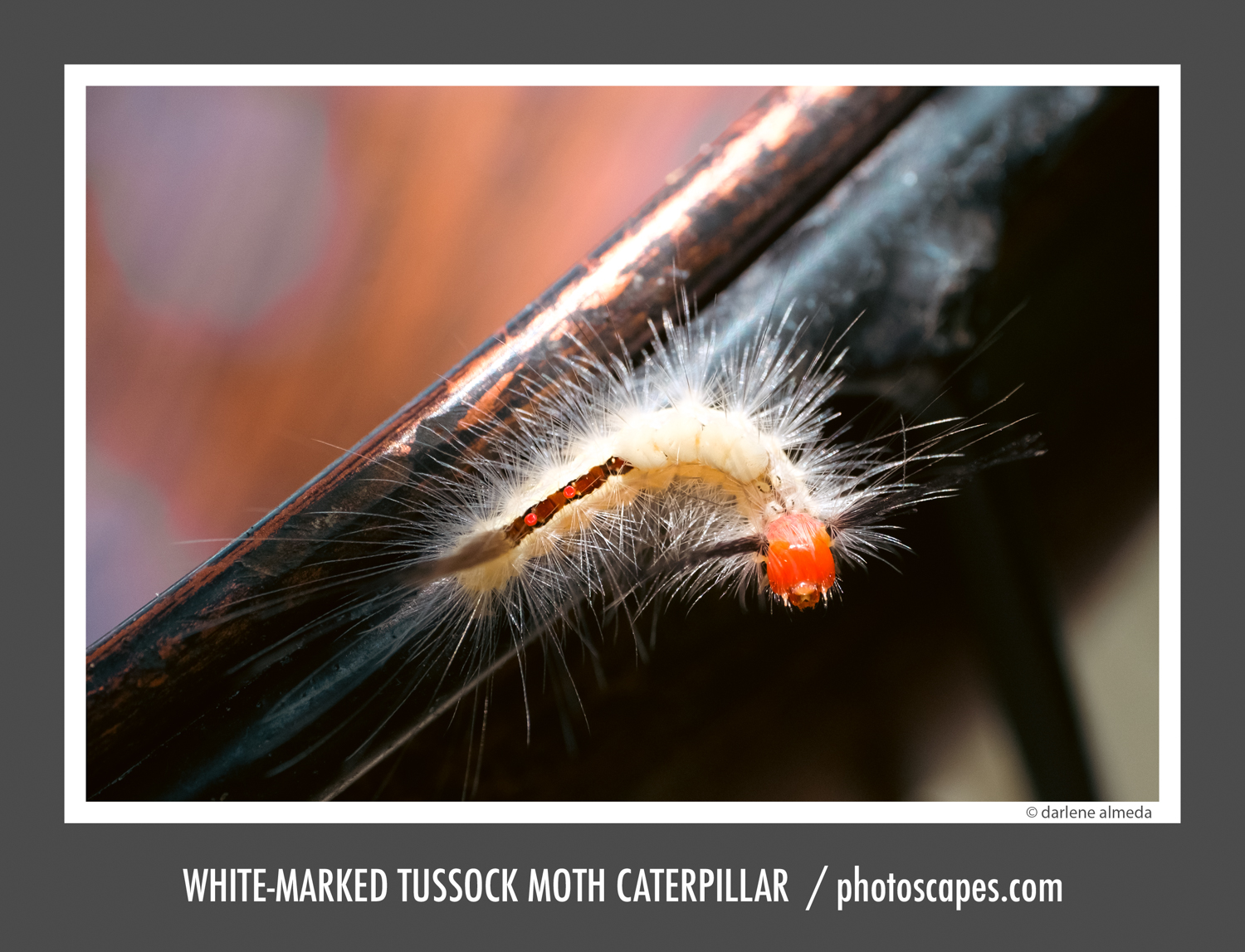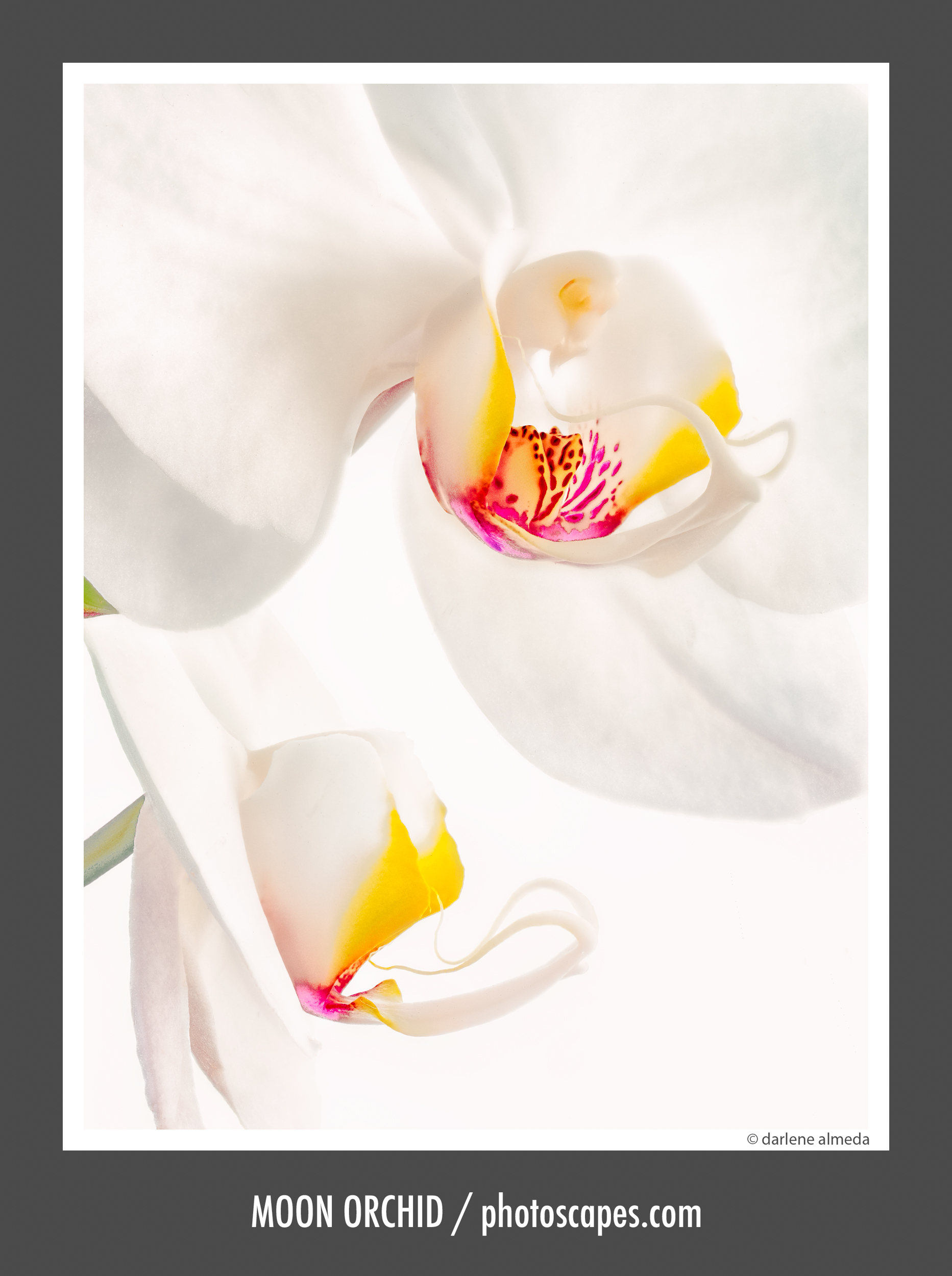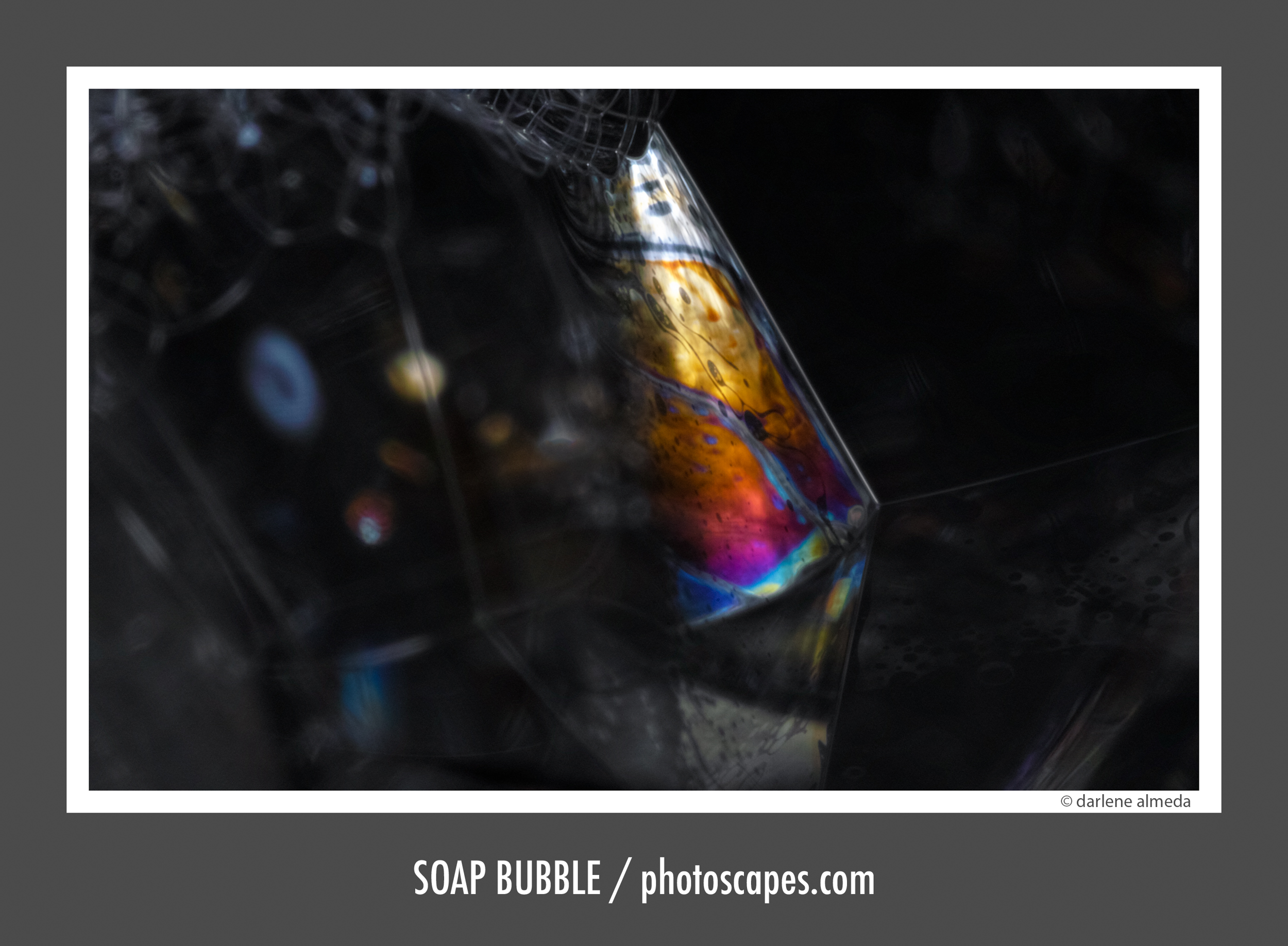What Is Macro Photography?
Macro photography is the art of capturing small subjects at close range so they appear larger than life. It reveals details normally hidden from our everyday vision—textures, patterns, and structures that turn the ordinary into something extraordinary. A droplet becomes a crystal ball; a flower transforms into a cathedral of petals; the eye of an insect becomes a galaxy of color.
At its core, macro photography refers to creating images at or near life-size reproduction (1:1) on the camera’s sensor. This means that a subject measuring one centimeter in real life will measure one centimeter on the sensor. Specialized macro lenses are designed to focus very closely while maintaining sharpness, contrast, and minimal distortion. Extension tubes, bellows, and close-up filters can also bring a lens closer to macro distances.
Because depth of field becomes extremely shallow at close range, macro photographers often use smaller apertures, careful focusing, and even focus stacking to maintain clarity. Lighting—whether natural or artificial—plays an important role as well, shaping texture and helping separate subjects from their environment.
Macro photography is popular across genres. It attracts nature lovers who explore insects, plants, and fungi; product photographers who appreciate craftsmanship in jewelry or watchmaking; and abstract artists who delight in turning small subjects into graphic forms. Whether digital or film, handheld or tripod-mounted, outdoors or in the studio, macro work invites patience, curiosity, and attention to the quiet details of the world.
Ultimately, macro photography celebrates the overlooked—inviting us to pause, observe, and admire the beauty found in miniature spaces.



